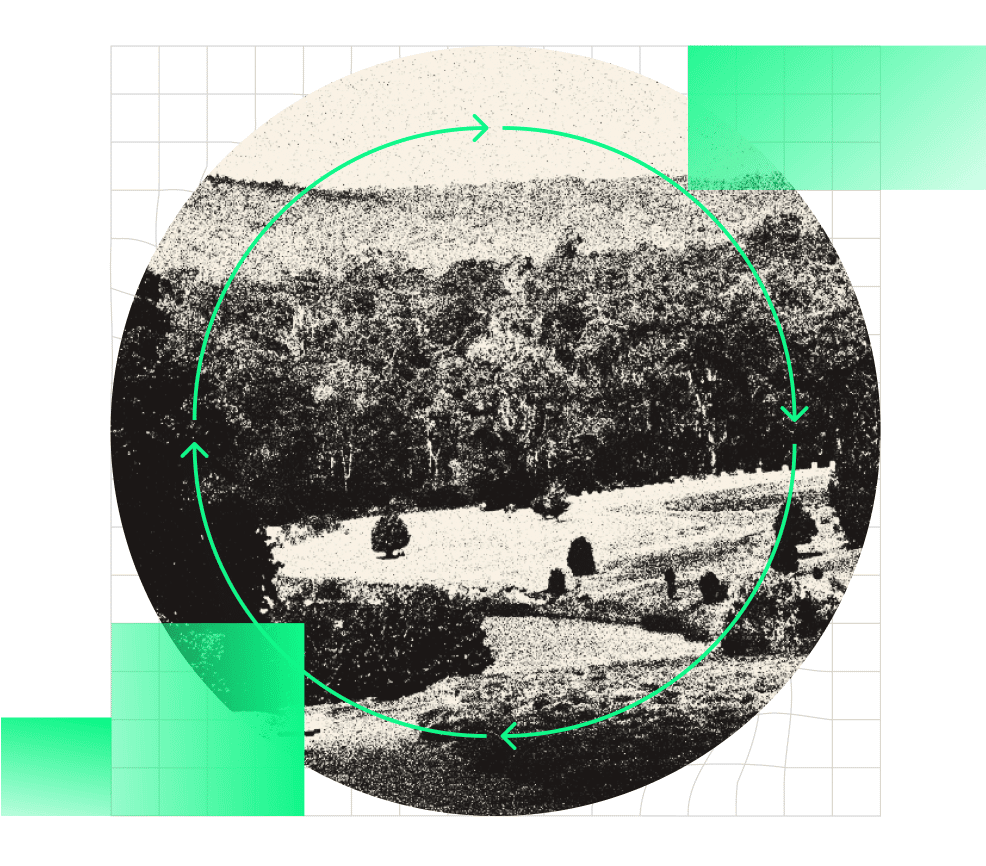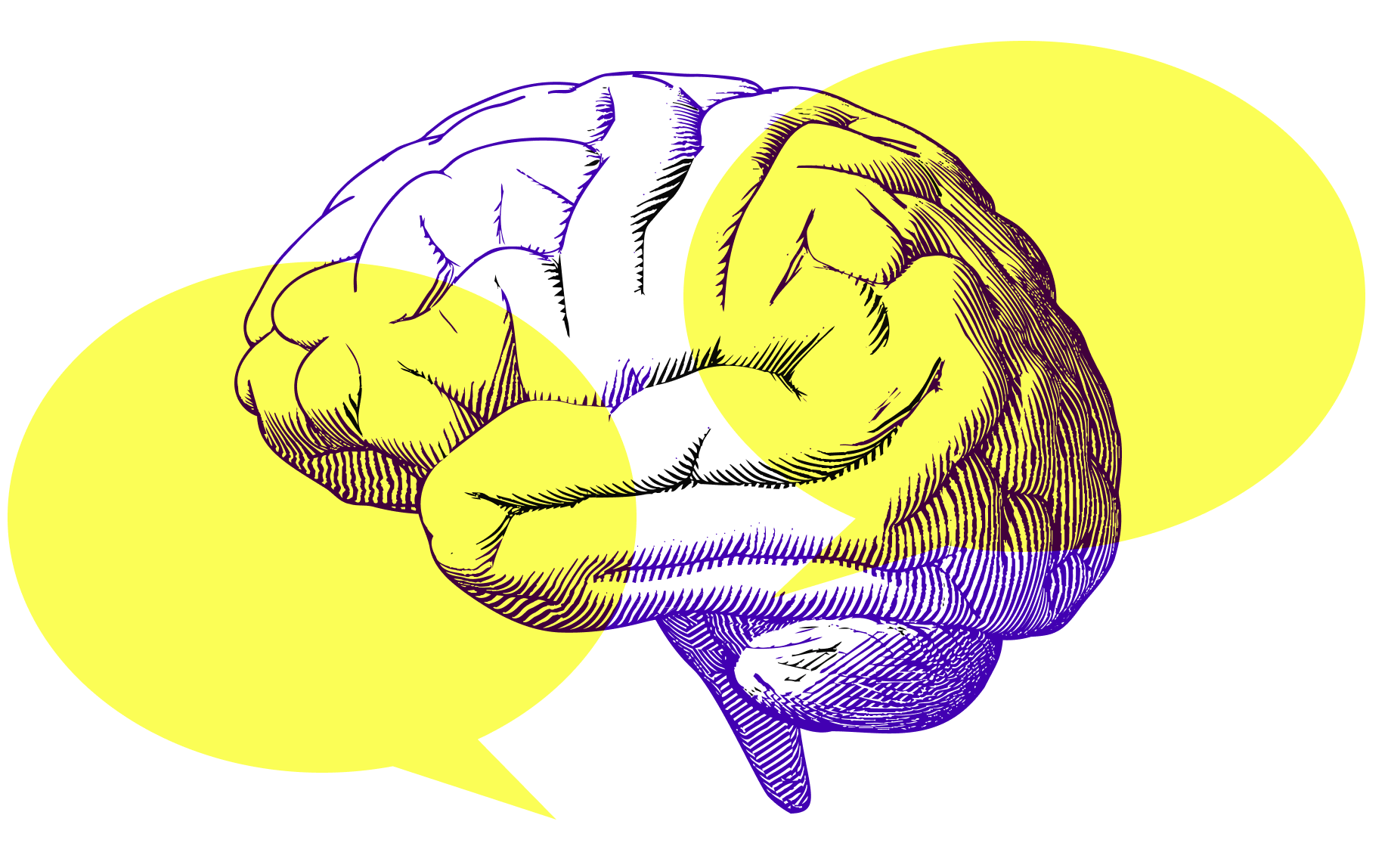As we embark on this journey, we find ourselves in familiar territory. Across the globe, we've all witnessed the damaging effects of human industrial practices on the land. Some scars are hidden beneath the surface, while others have had a profound impact on our lives. But what if there was a solution, a way to reverse the damage and heal the land? Enter the Consumer Data Right (CDR), a powerful tool that could empower farmers in agriculture to take action and restore balance to our damaged world.
Picture this: you’ve just immersed yourself in a thriving forest filled with towering trees, blooming flowers, and a thriving ecosystem. You hear the rustling of leaves and the sounds of chirping birds. Around you are all types of insects, birds, and mammals, including species thought extinct, calling this place home. You marvel at the restoration of the land to its former glory. All of this, thanks to the efforts of the local farmer community working towards sustainability.

So how could we make this a reality, and what does the Consumer Data Right have to do with it?
Groups like Regen Farmers Mutual are already doing work in helping farmers understand and manage their carbon footprints, making the full use of Consumer Data Right in agriculture. The Mutual- consisting of farmers, conservationists and land carers- are helping farmers calculate their carbon footprint and identify strategies to create value for their environmental assets. This includes conducting whole farm assessments which become a digital twin, enabling farmers to foresee their impact on the land and work towards sustainability. With CDR accreditation, this data could be shared safely across regions. Not only would this help farmers across the country create better environmental strategies and improve the value of their own farms but also, improve the environment as a whole.
With CDR initiatives in agriculture we can nurture existing projects, while also creating new ones to better support our environment. Smart platforms transform the way farmers connect and share their data, providing more accurate information on the best and most ecological use of their land. For example, farmer collectives could use this data to establish shared forests across borders for carbon farming. Another idea is that they could attract endangered bird species by coordinating the best species of trees to plant.
Imagine that, entire ecosystems would begin to flourish in just 15 years!
This outlook is a simplistic one. We understand there are more nuances to consider when implementing CDR in the agricultural sector and land regeneration. But we believe the guiding principles of CDR have a huge potential to help identify and alleviate problems faced in this sector today. Special thanks to Andrew Ward for inspiring us to write this.
We hope you enjoyed this CDR-Mini-Story, part of our new series on visionary and future CDR use cases. Click here to read our next article Unlocking the energy potential
If you want to know more about how the Consumer Data Right (CDR) can benefit your product or project, let’s chat.
the muteo team



